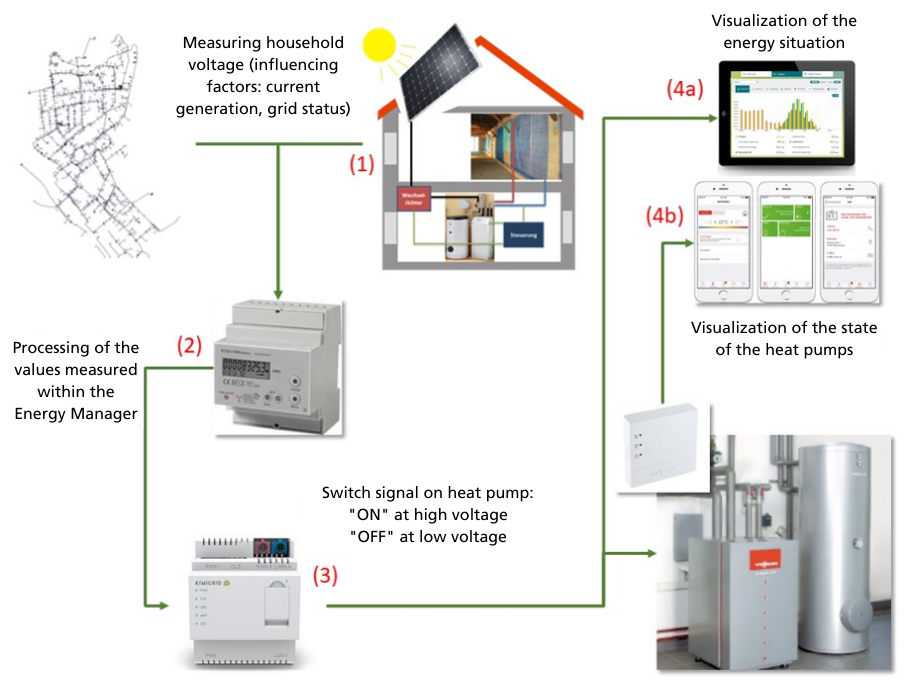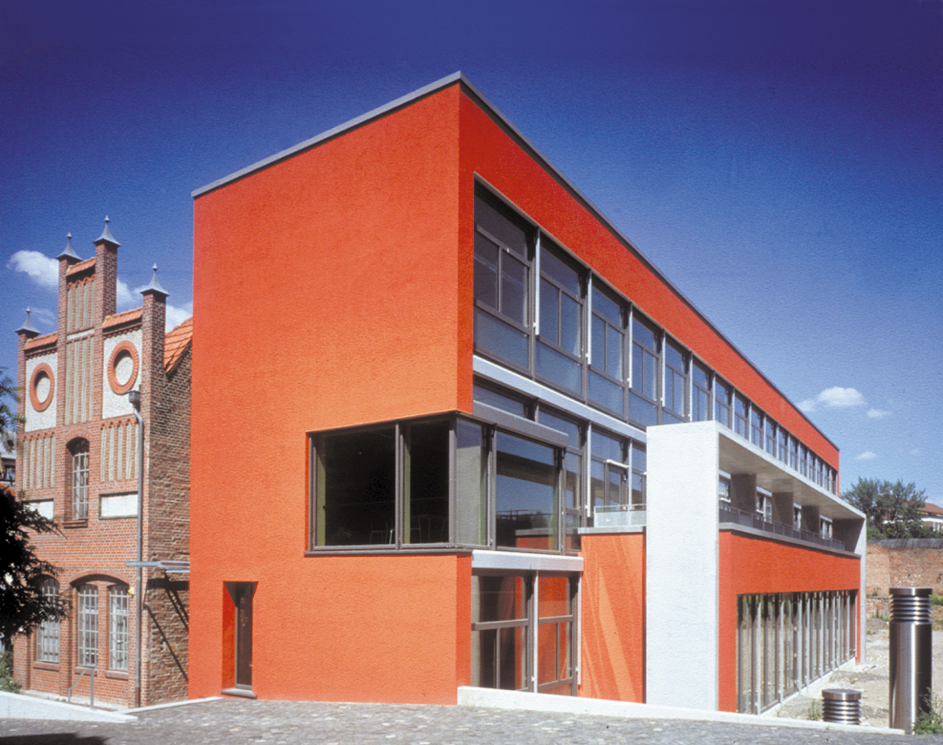Innovative networked automation systems for buildings and neighborhoods
Energy-efficient buildings place special demands on the design and operation of the entire system technology for heating, cooling and ventilation. Due to the increasing merging of the electricity and heating sectors in the supply of buildings and neighborhoods, innovative automation systems must optimally coordinate fluctuating energy generation (based on wind and solar energy) and the respective heat and electricity requirements.
Some examples from research and industrial projects show the success of such strategies.

